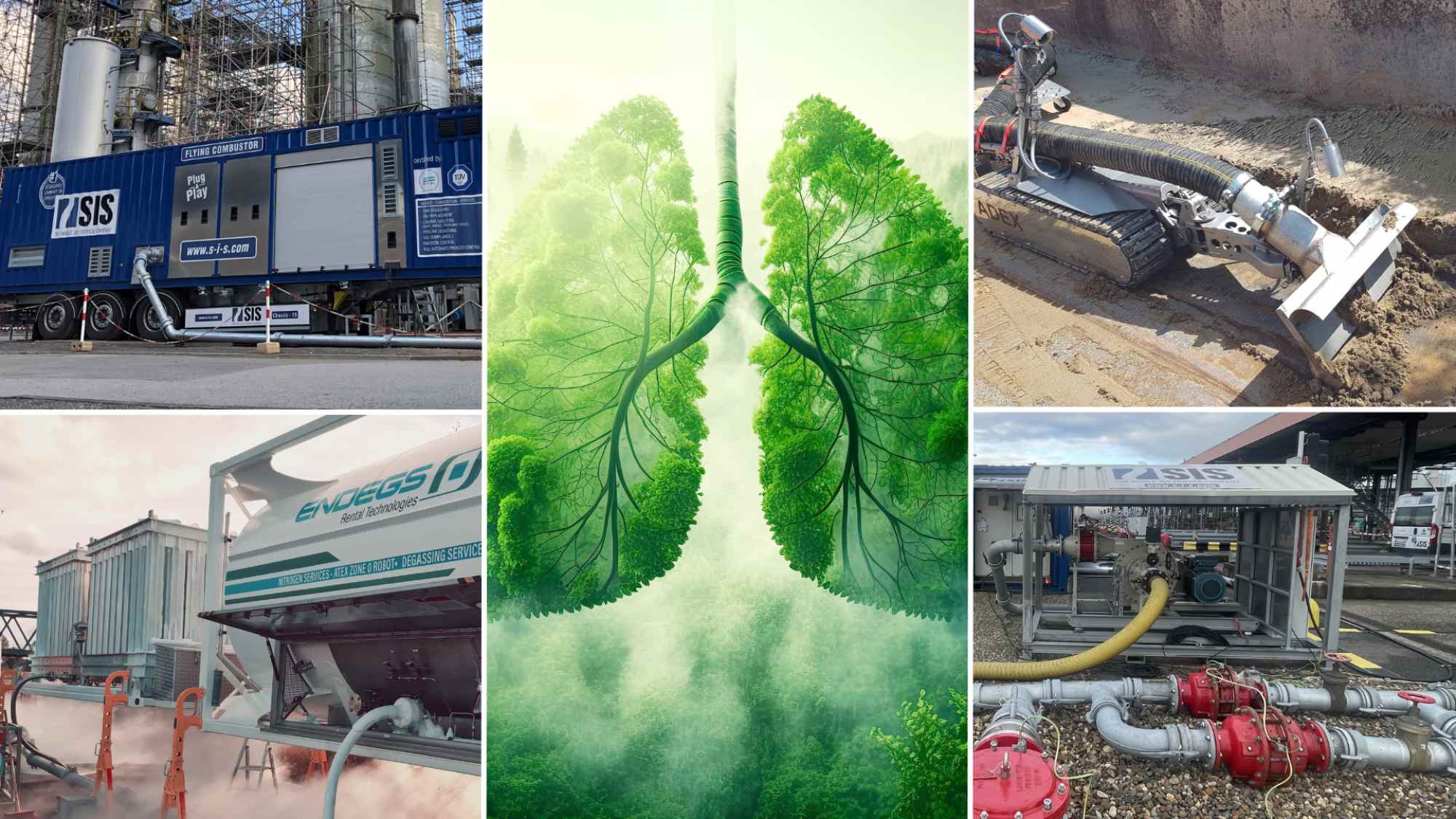ETS Group (Environmental Technology Services) is the European market and technology leader in the field of environmental technology for the reduction of emissions from volatile hydrocarbons.
Interview with David Wendel, Managing Director at ENDEGS GmbH | Managing Director & CCO at ETS Group GmbH.
Easy Engineering: Tell us a short story about innovation in your company.
David Wendel: Innovation is a very important topic for us at the ETS Group and our brand companies SIS and ENDEGS. We offer a broad portfolio of solutions that contribute to enhancing sustainability in industrial operations and maintenance by reducing the number of waste and emissions that get into air, soil and water. With our brand companies SIS and ENDEGS, we are specialized in mobile emissions reduction and degassing. The range of products that are worked with in the different industries – whether it is oil and gas, chemical and petrochemical or marine, shipping and logistics – is forever changing and in order to keep up efficient emissions reduction services, it is important to always adapt and optimize the current technologies. Thanks to our innovative strength – that was recognized by being named one of the most innovative medium-sized companies in Germany –, we optimize our technologies on a regular basis to enhance their fields of applications or expand the number of products and substances our technologies are suitable to work with.
E.E: Which are the most significant and challenging projects recently?
D.W: We have successfully completed a great number of projects in recent months, covering different applications in different markets. A huge part of our daily work are degassing projects to prepare tanks, containers, pipelines or other components for regular maintenance, cleaning or repair. We also offer VRU back-up operations, emergency degassing services, purging services and also offer the remote-controlled ATEX Zone 0 robot for safe tank cleaning as a rental service. Among the many projects we have carried out in the last few months, there were quite a few significant projects.
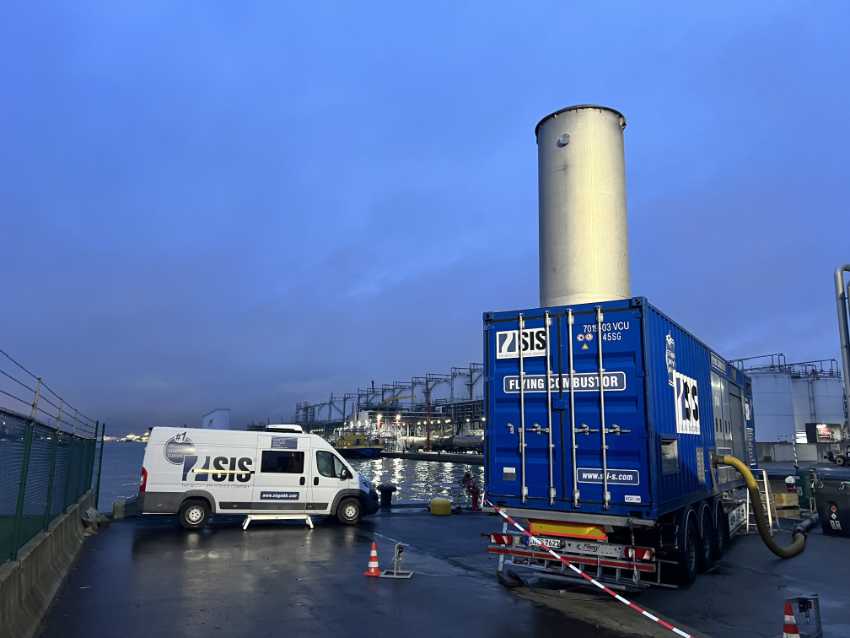
One big project involved the degassing, purging and cool-down of an LNG tanker that was damaged in a heavy storm off the coast of the Netherlands. In order to enable the works in the shipyard, we have emptied the tanks to make the vessel gas free. In another project, we have recently carried out the decommissioning of as LNG fuel station in France. A project that was especially significant for us as the ETS Group was a gas cooling operation for a customer of the chemical industry in France as it was the first joint project of SIS and ENDEGS after the merger under the umbrella of the ETS Group.
E.E: What products/solutions were used in the projects?
D.W: Most of our projects involve our mobile vapor combustion units. They are available in five different combustion capacities – 3, 4, 5, 10 and 20 MW – and are therefore suited for a wide range of different applications and use cases. As our mobile incinerators destroy all kinds of gases, gas mixtures and vapors from the explosion groups IIA, IIB and IIC with an efficiency of more than 99.99 % and without open flame, they enable a highly flexible, efficient and environmentally-friendly degassing and emission treatment process.
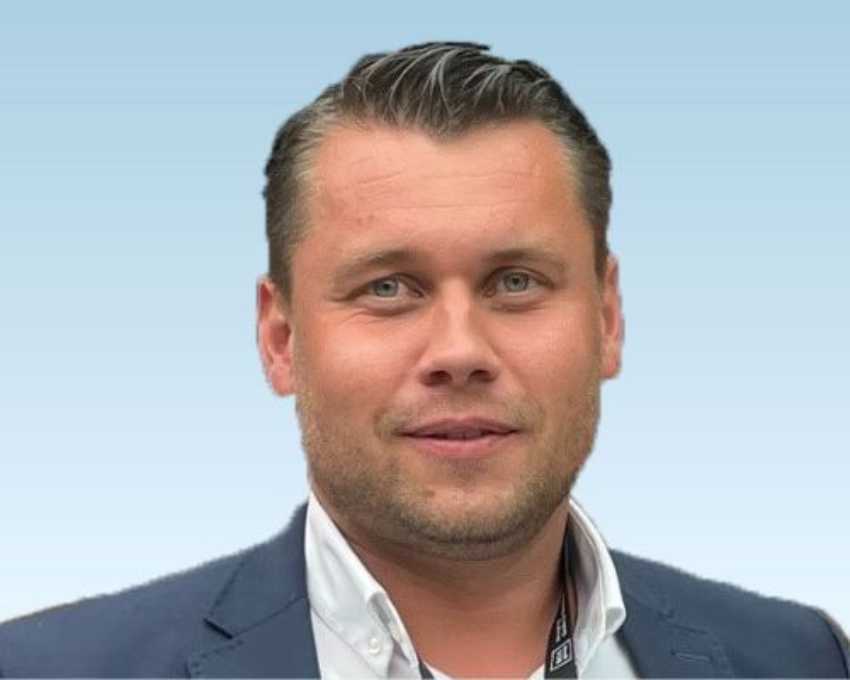
E.E: What are the usual challenges you encounter?
D.W: As already mentioned, we work in a wide range of industries and the products that are applied in these different markets vary a lot. Therefore, our technologies must be suitable to work with a wide range of different products and substances. While this can sometimes be a challenge in itself, the substances that are worked with are changing, too – especially now that new fuels and energy sources need to be implemented that are more sustainable and environmentally-friendly than the existing ones. As mobile degassing and emission treatment have become a common standard nowadays, the challenge now is to expand the existing technologies to new products and new fields of application.
E.E: How do you overcome the challenges?
D.W: Emissions reduction is a complex issue, and advancing existing technologies is key to achieve and maintain effectiveness. An example of ongoing product innovation involves adapting our technologies to address NOx emissions. Nitrogen oxides, such as nitrogen dioxide (NO2), are highly reactive gases with profound environmental and human health implications. In our commitment to enhancing air quality and mitigating health risks associated with NOx emissions, we aim at extending our services to encompass NOx degassing solutions. This expansion underscores our dedication to providing comprehensive emissions reduction services while addressing critical environmental challenges.
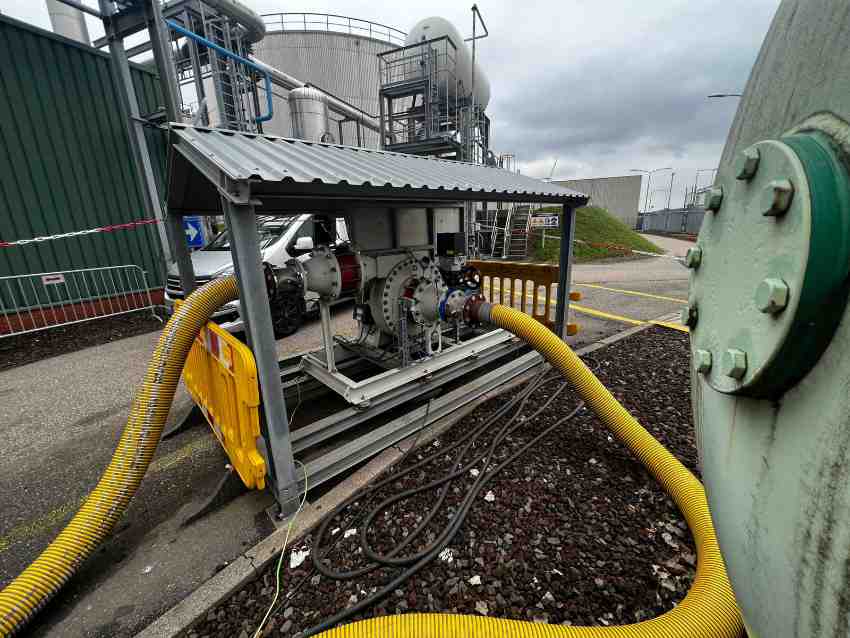
E.E: Which are the most innovative products/solutions in your lineup?
D.W: As already mentioned, our mobile vapor combustion units are a very flexible solution for performing efficient emission treatment and degassing services. In fact, one of our brand companies did enable mobile degassing for the very first time world-wide in 2008 by inventing the world’s first portable and autonomously operated vapor combustion unit. Besides our vapor combustion units, we also offer a mobile nitrogen vaporizer that can be applied for the purging and inerting of liquified gases under pressure that are highly flammable pose a high risk of explosion. Furthermore, our portfolio also includes a mobile blower skid that is certified for use in the ATEX Zone 0 and that efficiently extracts gases and vapors as well as the remote-controlled ATEX Zone 0 robot as a rental service that enables tank cleaning from a safe distance.
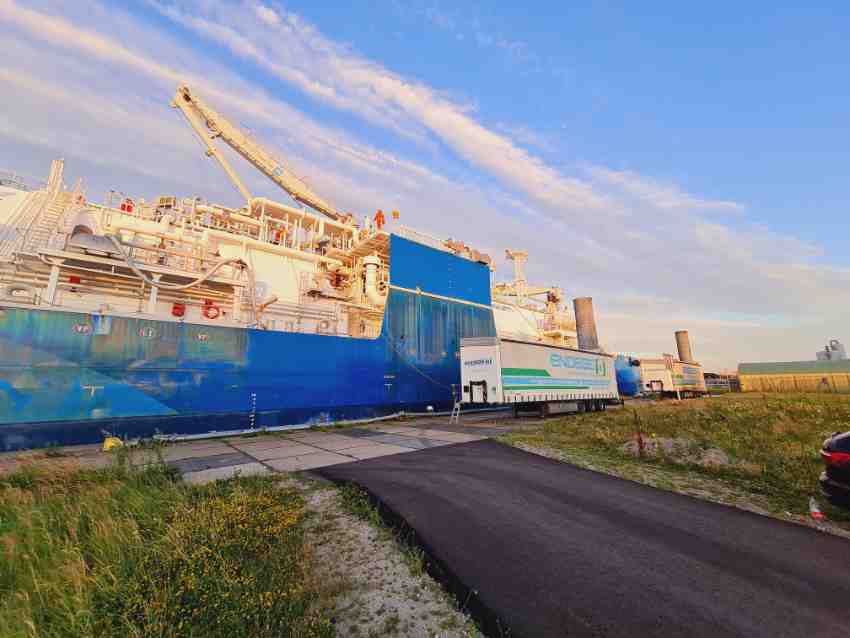
E.E: What problems/challenges do users usually encounter? How are your products/solutions used in solving these problems?
D.W: Our solutions are applied to reduce the number of hazardous emissions that are released into the air, harming both the environment and human health. By applying our services to reduce the hazardous substances and emissions that are created in many industrial processes or that remain in tanks, containers or pipelines after unloading procedures, our clients can enhance sustainability in their operations and maintenance and contribute to environmental protection. As our services contribute to reducing the amount of harmful emissions, gases and vapors that get into the air, our customers can also increase occupational health and safety for on-site employees as well as the security of surrounding neighborhoods and communities near their industrial plants. Therefore, emission treatment helps industrial companies to fulfill the ESG criteria, as well. Another challenge many of our clients face is keeping up their daily operations, for example when their VRU system needs to be shut down during maintenance or repair. Applying one of our mobile vapor combustion units to temporarily replace the VRU makes it possible that all processes can continue as usual without any interference on daily operations.
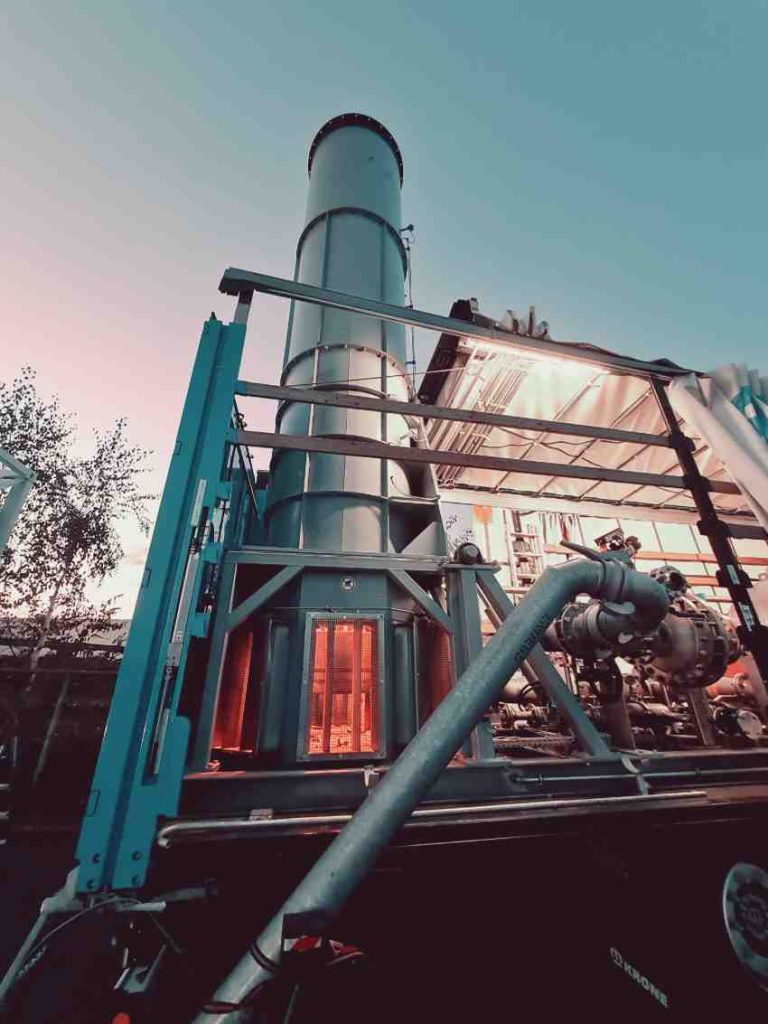
E.E: What are your forecasts for 2024?
D.W: For quite some time now, we have been observing a steady rise in the awareness regarding the importance of sustainability in industrial operations and maintenance. We anticipate this trend to continue in the years ahead. The energy landscape across various sectors is evolving, moving away from traditional fossil fuels towards more sustainable alternatives like LNG, green ammonia or hydrogen. Despite these shifts, the fundamental need for storage facilities, tanks, refineries, degassing, emission treatment, and environmental services remains. However, it will be crucial to continually adapt existing technologies and processes to align with newly emerging products, fuels and energy sources. This underscores the significance of innovation for us. By enabling technological advancements and process improvements, we ensure our ability to effectively serve evolving needs and contribute to a more sustainable future.

